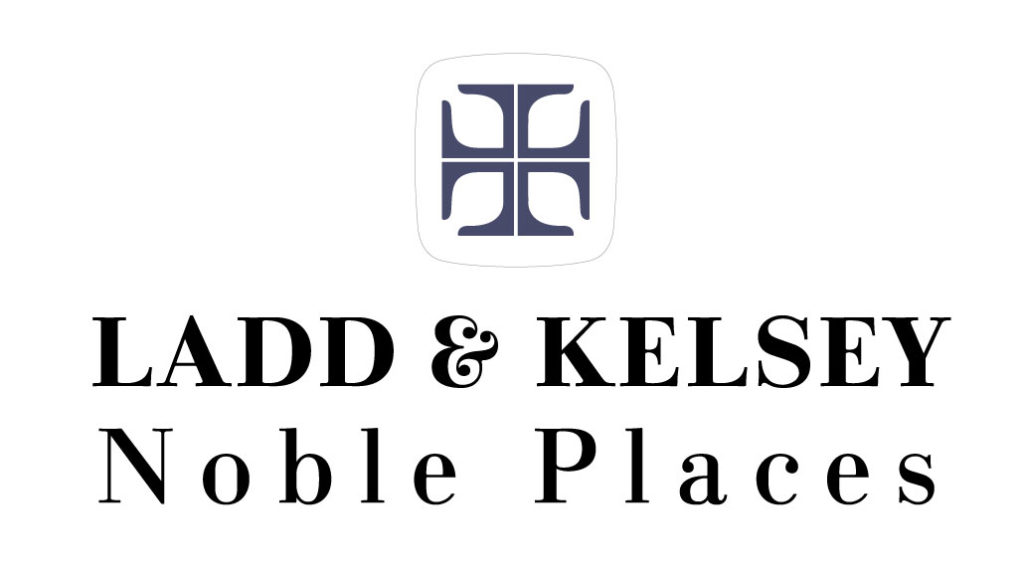
“Three basic principles – total design control, orderly articulation of space, and painstaking care in the solution of individual problems – are apparent throughout their work.”
Progressive Architecture
Progress Report: The Work of Ladd & Kelsey, December 1959
Total Design Control
“Architecture is a profession demanding the same degree of experience, skill, and personal attention as medicine or the law.”
Ladd & Kelsey Architects
Ladd & Kelsey’s complete dedication throughout the lifecycle of a project required they maintain a small practice rather than transitioning into a larger, more corporate model like peer practices William L. Pereira & Associate or A. Quincy Jones. The firm at its largest had a staff of 10, allowing Ladd & Kelsey to maintain complete creative and implementation control while nurturing a congenial, comfortable culture for its team. Their total design control is displayed today in an uncommonly consistent body of work marked by a singular vision, style, and gravitas.
Orderly Articulation of Space
While Ladd & Kelsey worked in a modernist style, antiquities served as the basis for ongoing inspiration.
Ladd & Kelsey’s design wish was to “achieve an entity of structure, landscape, and interior” (Progressive Architecture, December 1959). Their testing grounds were private homes where limited size, sites,
Meticulous Approach
Ladd & Kelsey were amiable with clients, staff and construction crews while also maintaining laser focus and full ownership of its projects beginning-to-end. The firm used elaborate, large-scale presentations and models to bring their work to life and to remove ambiguity from the concept and design phases that would guide a project’s construction. Special periscopes were employed to further delve a client into a structure’s environmental experience. Their elaborate scale-models grew to 40-feet in length and would become an effective sales tool, committing both the architects and client to a project’s realization rationally and emotionally.
